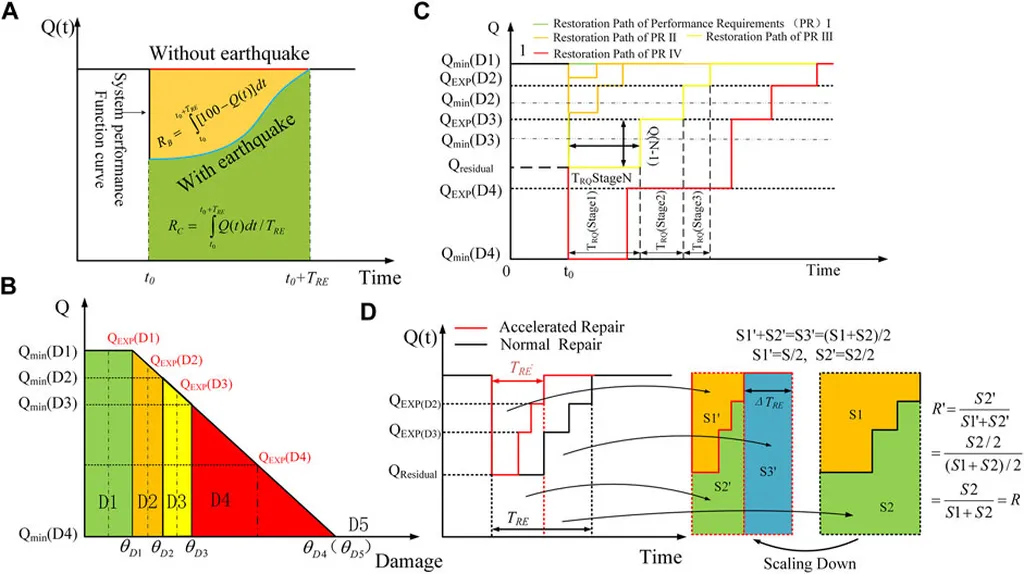In the bustling world of underground construction, ensuring the safety and reliability of subway stations against seismic events is paramount. A groundbreaking study led by Minze Xu from the Department of Civil Engineering at Dalian Maritime University in China is set to revolutionize how we approach this critical challenge. Published in the journal *Underground Space* (which translates to *地下空间* in Chinese), Xu’s research introduces a novel non-parametric probabilistic seismic capacity model that could significantly enhance the seismic performance and safety of subway station structures.
Traditionally, seismic capacity analysis has relied on deterministic parameters, which often overlook the inherent stochasticity of the soil-subway station interaction system. This oversight can lead to less accurate assessments of seismic performance levels. Xu’s innovative approach combines the probability space partition method with stochastic pushover analysis to develop a calibration strategy that fully considers the probabilistic information of the interaction system. “The seismic performance levels calibrated according to the proposed strategy can effectively consider the complete probabilistic information of the interaction system, which are more rigorous than the existing performance levels,” Xu explains.
The implications of this research are profound, particularly for the energy sector, where underground infrastructure often intersects with critical energy distribution networks. By providing a more accurate and rigorous assessment of seismic capacity, Xu’s model can help ensure that subway stations—and by extension, the energy infrastructure they house—remain resilient in the face of seismic events. This enhanced reliability can lead to reduced downtime, lower maintenance costs, and improved safety for both passengers and energy systems.
One of the most compelling findings of the study is the recognition that the probability density evolution of the bearing capacity of subway station structures is essentially a non-stationary stochastic process. This means that the seismic capacity of these structures can vary significantly over time and under different conditions. Xu’s research also reveals that the non-parametric probability density curves of seismic capacity display noticeable multi-peak characteristics, indicating that the seismic performance levels are more sensitive to the variability of geotechnical parameters at different locations around the structure.
For the energy sector, this research opens up new avenues for improving the seismic design and performance limits of underground structures. By incorporating the complete probabilistic information of the interaction system, engineers can develop more robust and reliable designs that can withstand a wider range of seismic events. This, in turn, can lead to more efficient and cost-effective energy distribution networks that are better equipped to handle the challenges posed by seismic activity.
As the world continues to grapple with the impacts of climate change and the increasing frequency of natural disasters, the need for resilient and reliable underground infrastructure has never been greater. Xu’s research provides a crucial step forward in this direction, offering a more comprehensive and accurate approach to assessing the seismic capacity of subway station structures. By embracing this innovative model, the construction and energy sectors can work together to build a safer and more sustainable future for all.

